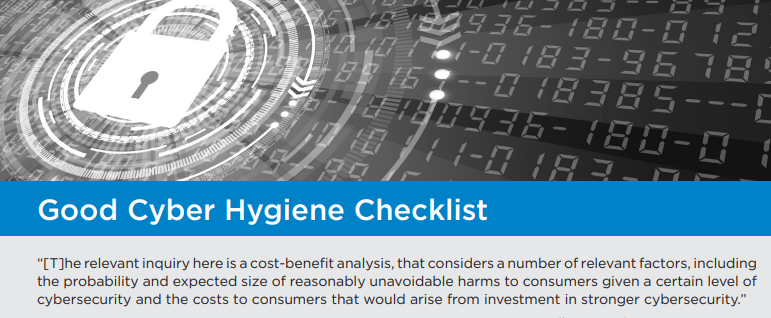The calls for cyber-hygiene are getting stronger with each passing year. That’s down to several factors.
First, the cyber-attack surface is growing exponentially, thanks to pandemic-era investments in cloud-based technologies and changing work patterns. From the home worker’s laptop to the dynamic cloud container, there have never been more assets for threat actors to target, and vectors for them to do so.
Second, threat actors are innovating, collaborating, and attacking in greater numbers than ever before. Service-based tools freely available on the cybercrime underground have democratized the ability to launch sophisticated attacks – witness the rise in ransomware-as-a-service.
The result of these intersecting trends is that cyber risk is surging, and so are the potential costs of failure

